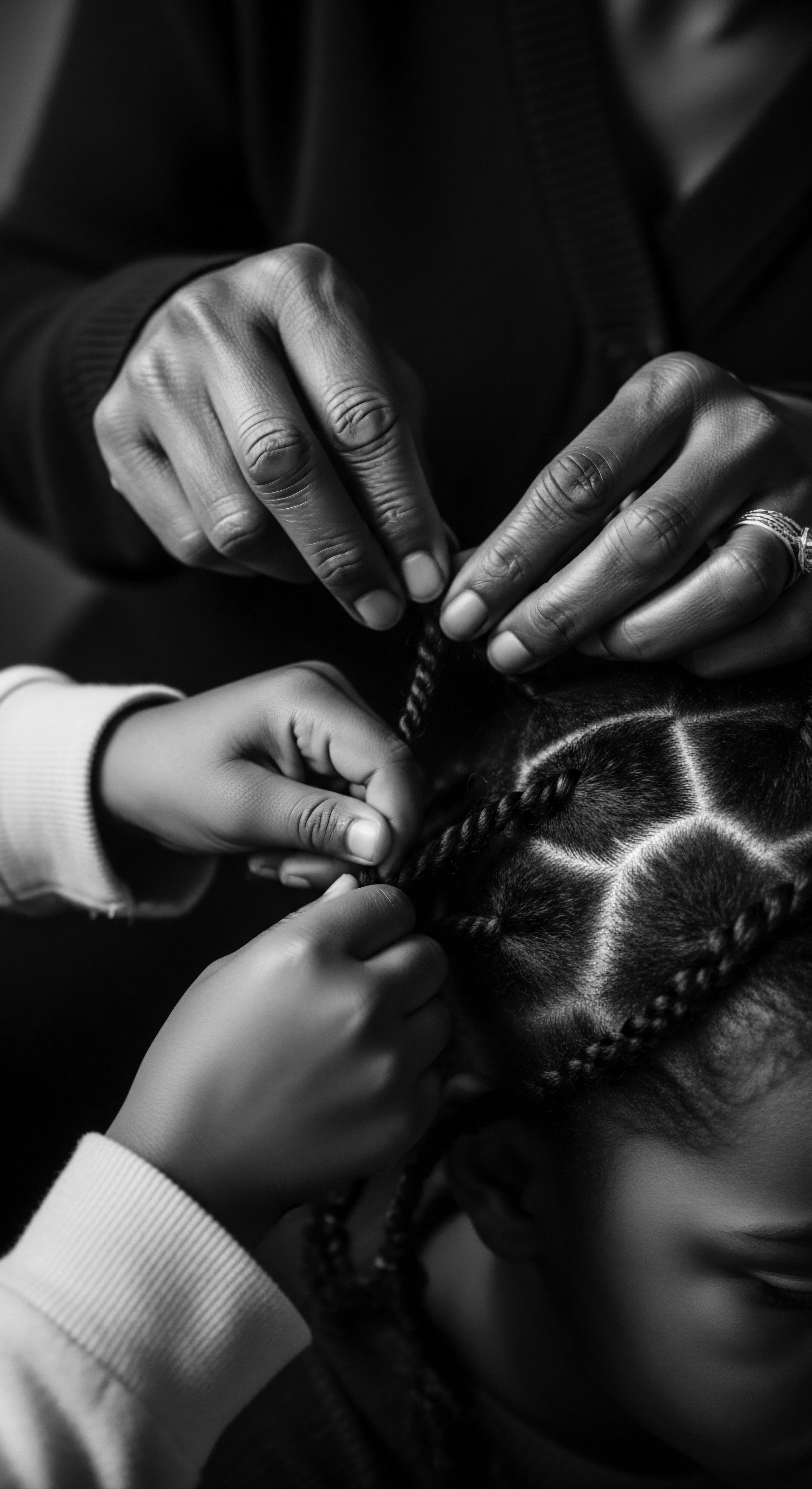
Nubian Culture
Meaning ❉ Nubian Culture signifies a rich legacy of hair practices, values, and aesthetics, deeply rooted in identity and ancestral wisdom.
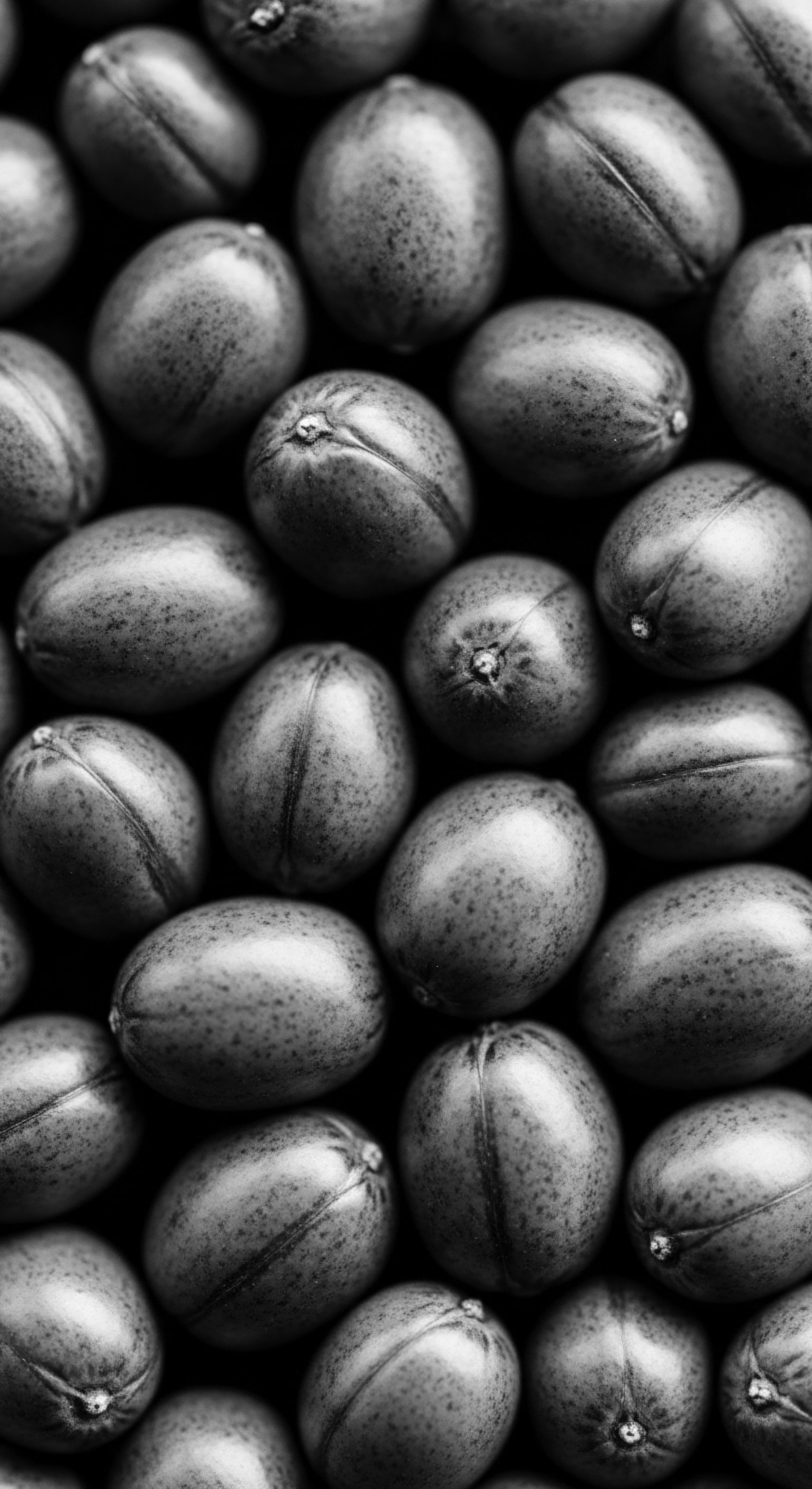
Why did ancient cultures value clay for textured hair care?
Ancient cultures valued clay for textured hair for its cleansing, detangling, and mineral-rich properties, deeply rooted in heritage.
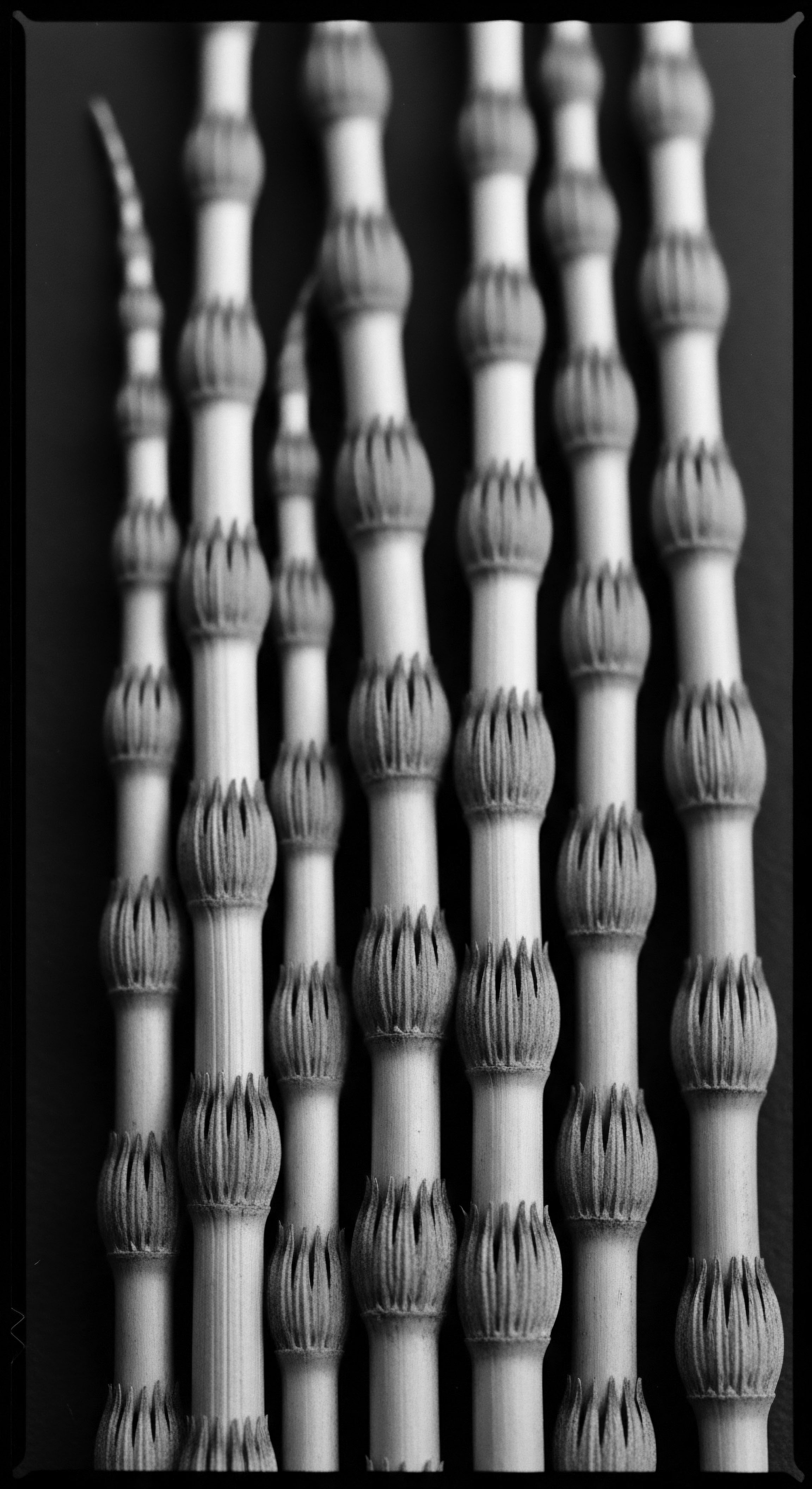
What historical materials protected textured hair from sun?
Ancestral communities used natural materials like oils, clays, and head coverings to shield textured hair from sun.

Did ancient plant dyes dry textured hair?
Ancient plant dyes rarely dried textured hair when integrated into ancestral holistic care regimens that balanced color with deep moisture.

Which ancient practices shaped Black hair heritage care?
Ancient practices shaped Black hair heritage care through holistic methods, protective styles, and natural ingredients that honored textured hair's distinct nature and cultural significance.

Do ancient hair care practices align with modern scientific understanding of textured hair?
Ancient hair care practices often align with modern science, rooted in a deep understanding of textured hair's unique heritage and needs.

Egyptian Hair Dyes
Meaning ❉ Egyptian Hair Dyes refer to ancient natural colorants like henna and ochre, applied with ancestral wisdom to adorn and protect hair, deeply connected to heritage.

What historical practices preserve textured hair health?
Historical practices preserved textured hair health through natural ingredients, protective styling, communal rituals, and deep reverence for its heritage.

Paleolithic Hair Definition
Meaning ❉ The Paleolithic Hair Definition is an ancestral interpretation of hair as a living extension of identity, lineage, and connection to the natural world.

How do ancestral hair care practices from North Africa connect with modern textured hair regimens?
Ancestral North African hair care practices offer timeless insights into moisturizing and safeguarding textured hair, enriching contemporary regimens.

What historical evidence connects henna to textured hair?
Historical evidence connects henna to textured hair through ancient Egyptian mummies, North African Berber traditions, and South Asian practices.
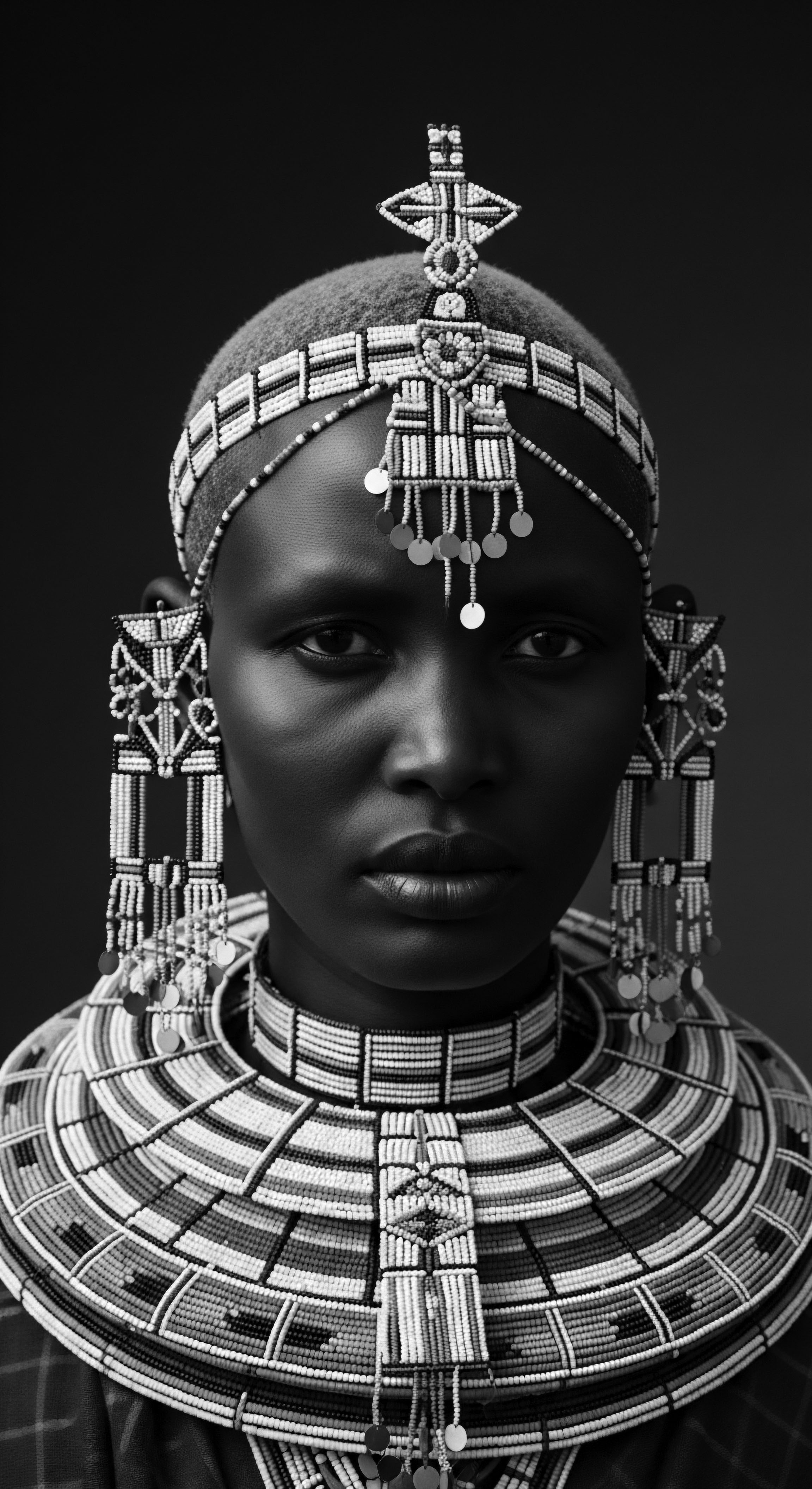
Paleolithic Hair
Meaning ❉ Paleolithic Hair defines the inherent characteristics of ancient human hair and its profound connection to textured hair heritage and ancestral practices.
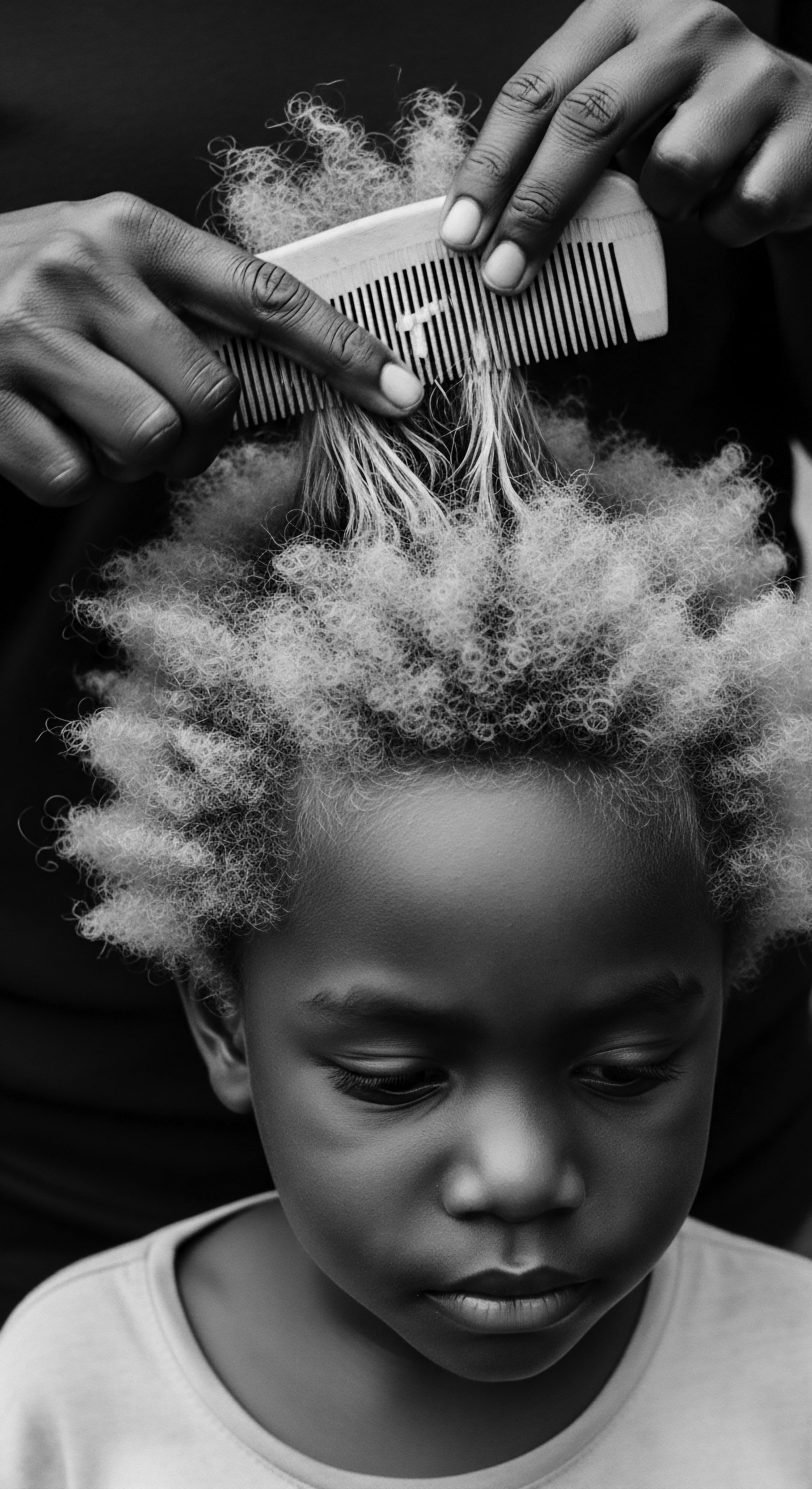
How does ancient hair protection relate to modern textured hair care heritage?
Ancient hair protection methods, born from textured hair's unique biology, deeply shape modern care through inherited wisdom and enduring practices.

How does ancient hair knowledge guard textured hair cuticles?
Ancient hair knowledge guarded textured hair cuticles through natural oils, protective styles, and thoughtful communal rituals.
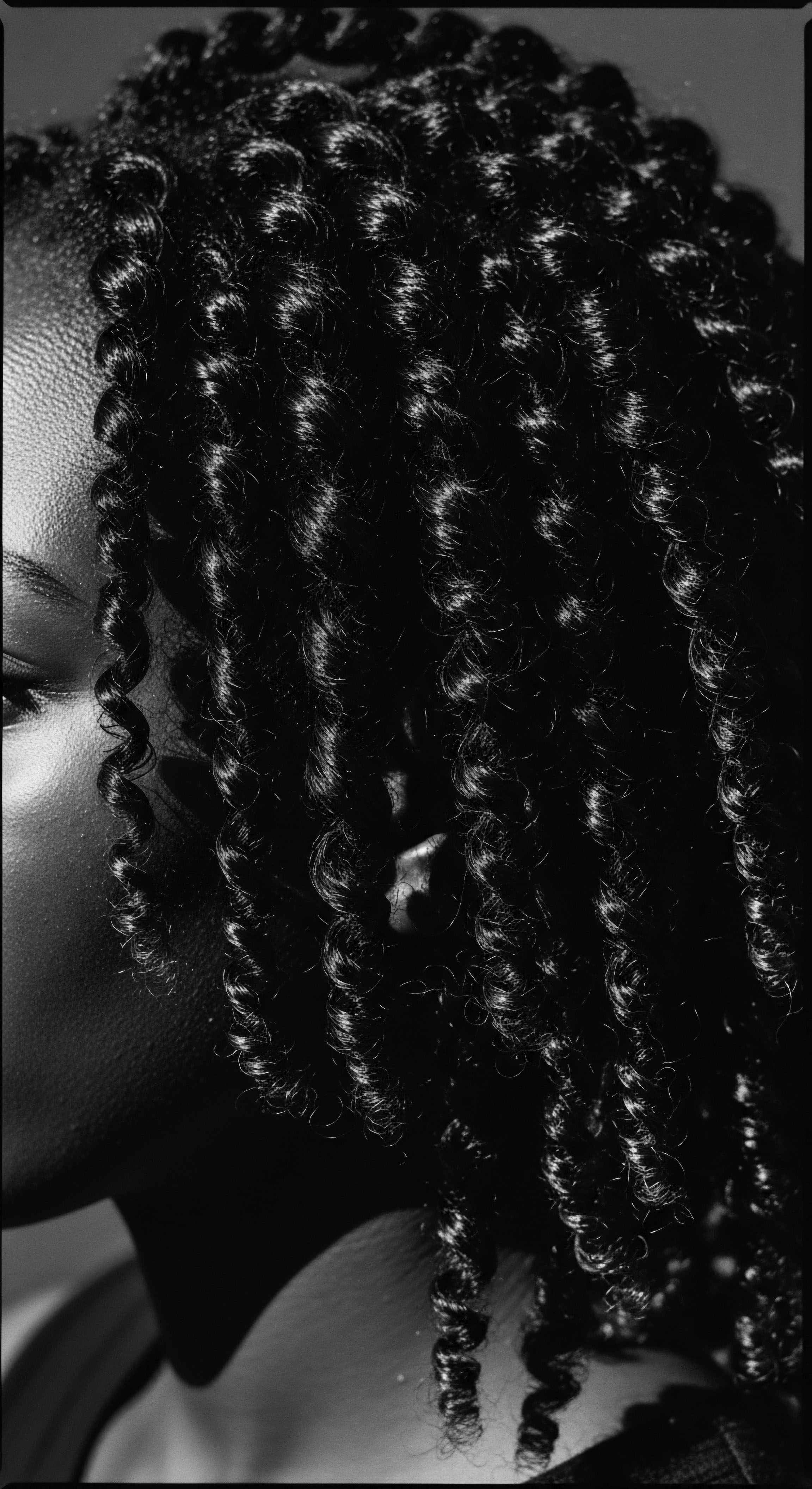
What is the evolutionary significance of textured hair in African heritage?
Textured hair in African heritage served as an evolutionary adaptation for thermoregulation, protecting early human brains from intense solar radiation.
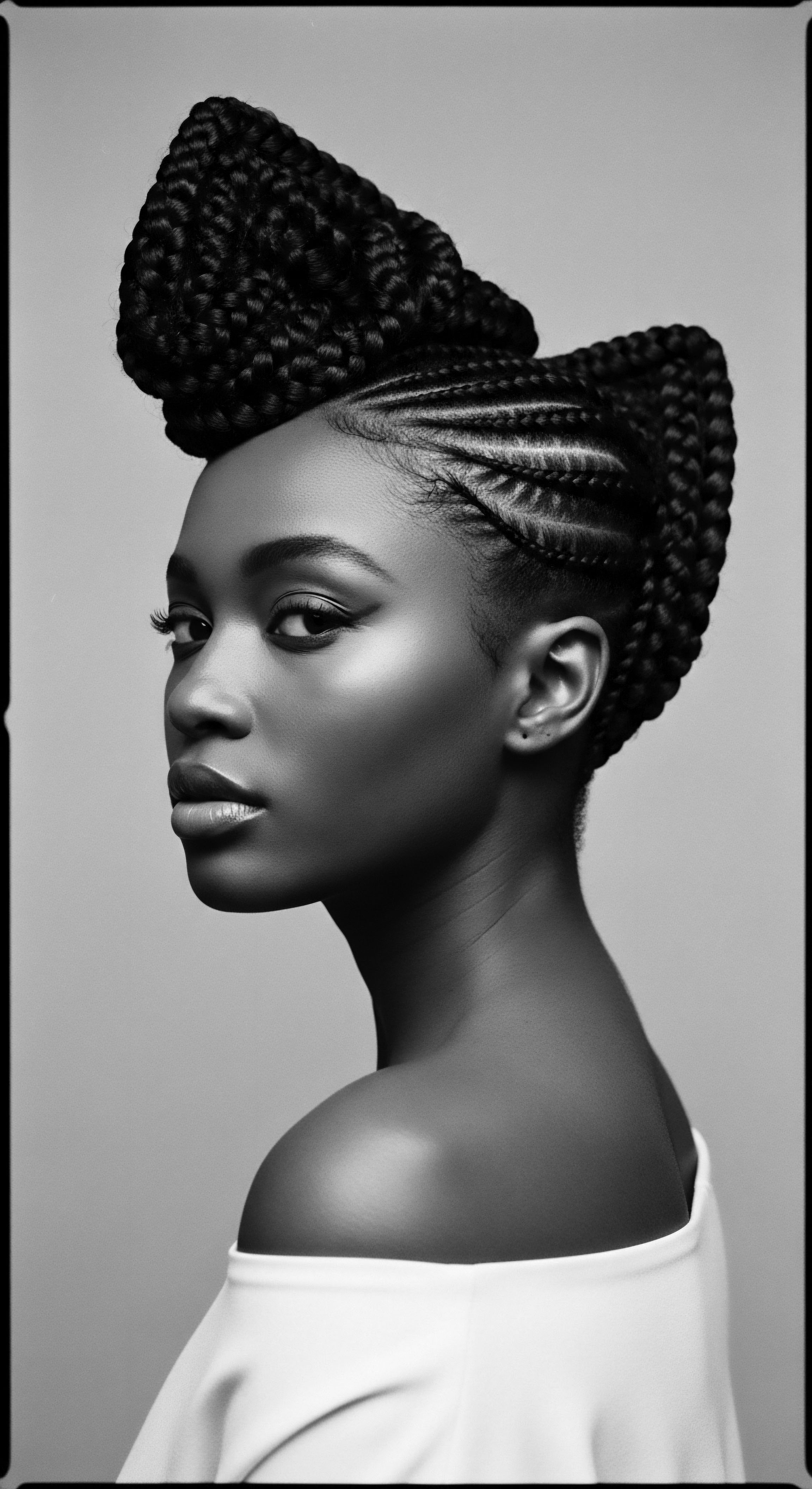
What ancient styles connect to modern textured hair heritage?
Ancient styles connect to modern textured hair heritage through enduring techniques, tools, and shared cultural meanings.
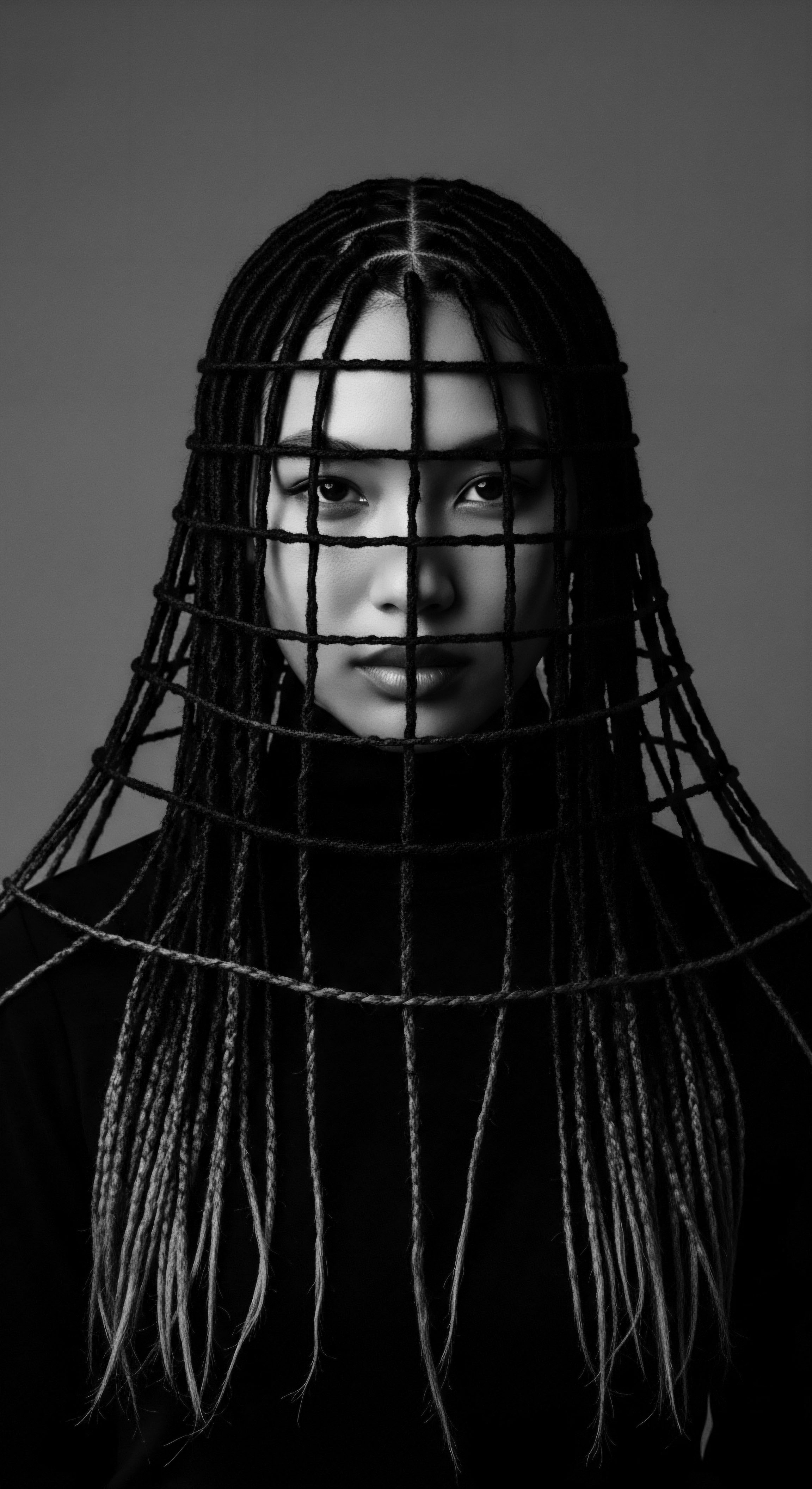
What historical evidence confirms shea butter’s role in hair heritage?
Historical evidence confirms shea butter's deep roots in African textured hair heritage through archaeological finds, ancient trade, and continuous traditional practices.
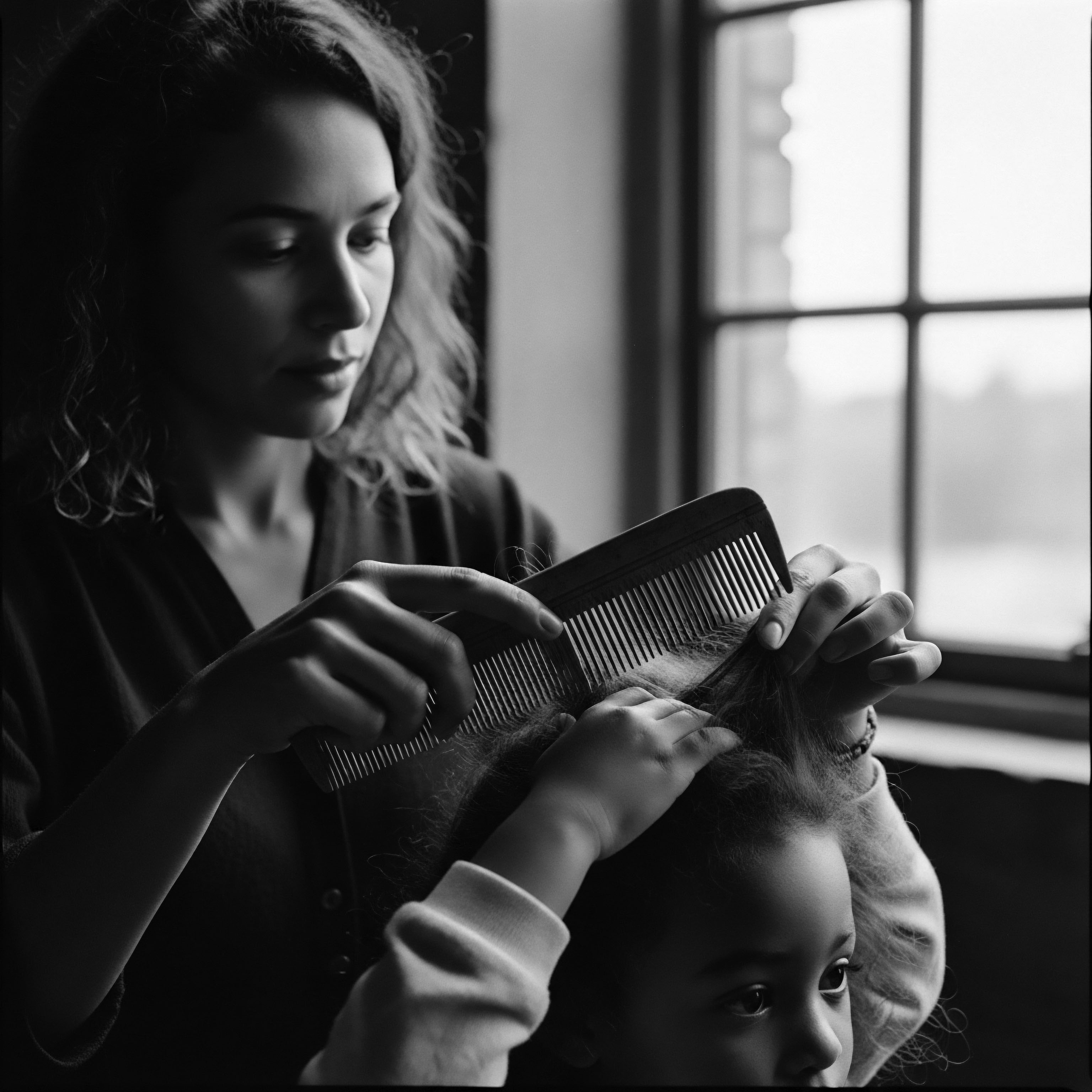
What cultural beliefs shaped ancient textured hair care practices and heritage?
Ancient cultural beliefs viewed textured hair as a sacred, social, and communicative link to heritage and identity.
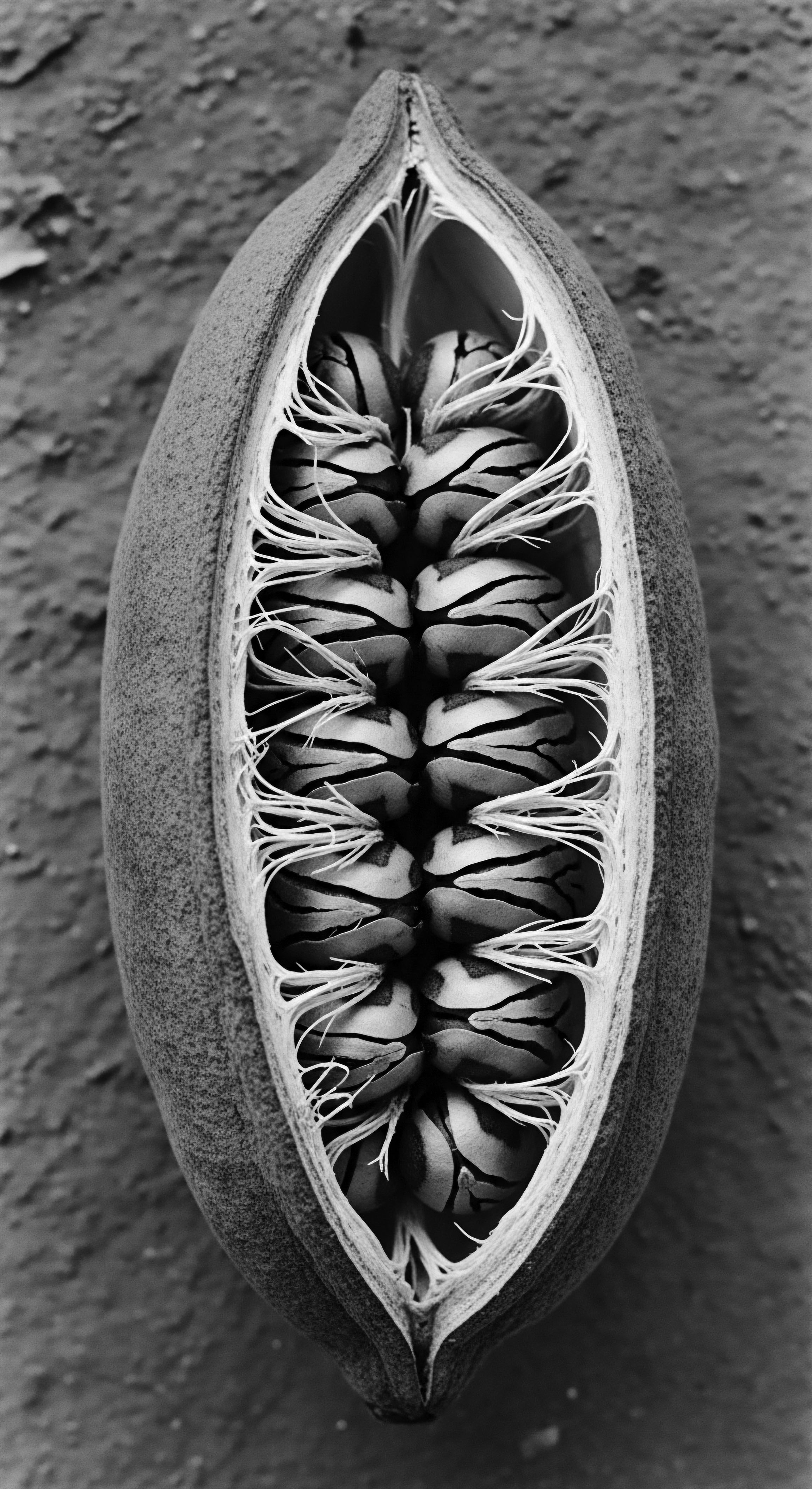
Henna Origins
Meaning ❉ Henna Origins details the botanical source, historical spread, and cultural significance of Lawsonia inermis, particularly for textured hair heritage.

